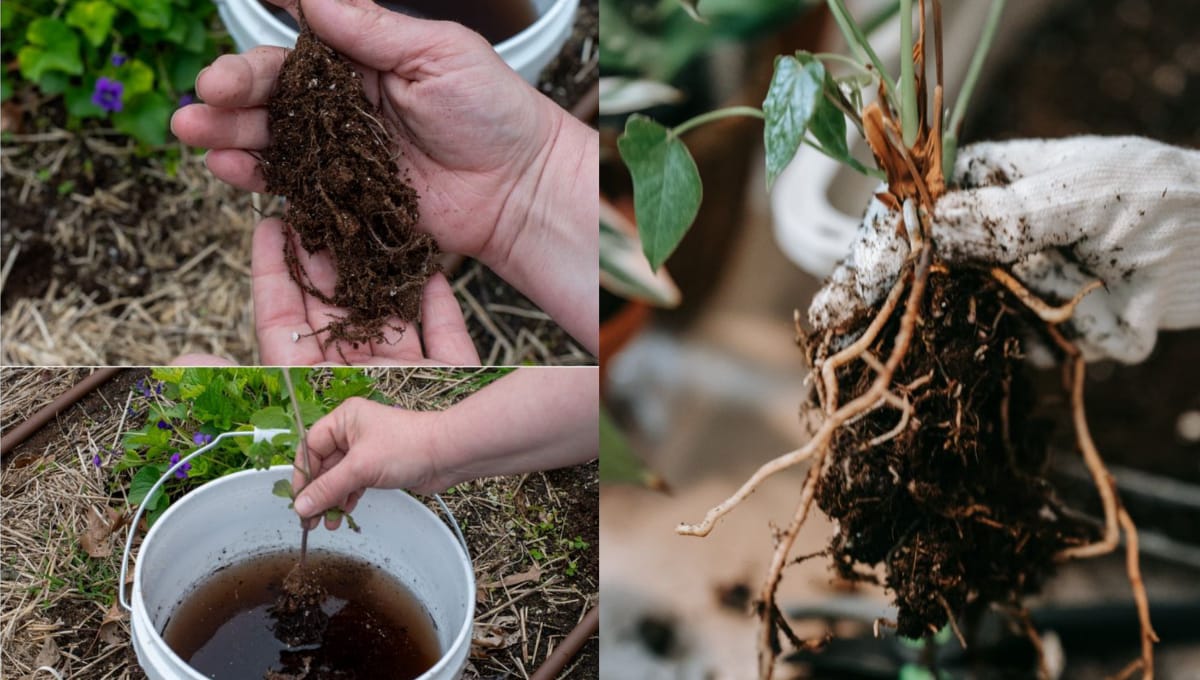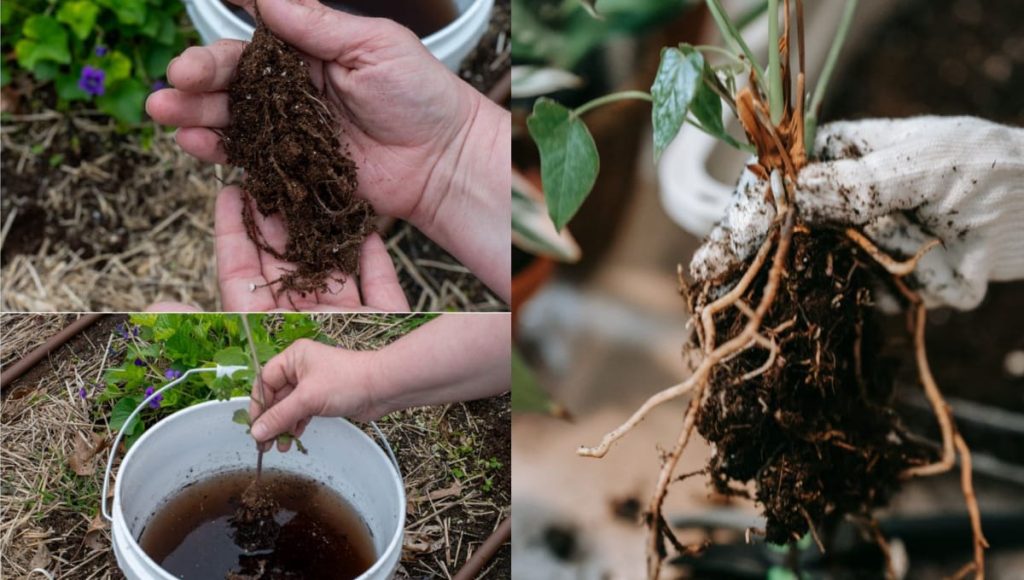
ചെറിയ മാവിൻ തൈകളിലും നമുക്ക് ഇതുപോലെ ചെയ്തെടുക്കാൻ സാധിക്കും rootstock in mango cultivation
ചെറിയ മാവിന്റെ നമുക്ക് ഇതുപോലെയൊക്കെ ചെയ്യാൻ സാധിക്കുന്ന ചെറിയ മാവിന്റെ നമുക്ക് ഇതുപോലെ ഡ്രാഫ്റ്റ് ചെയ്ത് റൂട്ട് സ്റ്റോക്ക് ഉപയോഗിച്ച് നമുക്ക് പുതിയ തൈകൾ ഉണ്ടാക്കാൻ സാധിക്കും വളരെ എളുപ്പമാണ് ഉണ്ടാക്കിയെടുക്കാൻ അത്രയധികം ബുദ്ധിമുട്ടൊന്നും ഇല്ലാത്തത് തന്നെയാണ് തയ്യാറാക്കാനും വളരെ എളുപ്പമാണ് ഇതുപോലെ നമ്മൾ
ചെയ്തെടുക്കുമ്പോൾ ഉണ്ടാകുന്ന പ്രത്യേക നമുക്ക് മറ്റ് ഒത്തിരി തൈകൾ ഉണ്ടാക്കിയെടുക്കാൻ സാധിക്കും അതുപോലെ തന്നെ ചെടികൾ പരിപാലിക്കുന്ന സമയത്ത് നമ്മൾ ശ്രദ്ധിക്കേണ്ട കാര്യങ്ങളൊക്കെ അറിഞ്ഞിരിക്കണം പോർട്ട്മെക്സ് മാത്രമല്ല അതുപോലെതന്നെ നമുക്ക് തൈകൾ കൂടുതൽ ഉണ്ടാക്കാനും അതുപോലെതന്നെ മാവിൻ

തൈകൾ ഒരുപാട് അധികം വളർച്ചയോടെ വളരുന്നതിന് അതുപോലെതന്നെ ഒരുപാട് അധികം തൈകൾ ഉണ്ടാക്കിയെടുക്കുന്ന സഹായിക്കുന്നതുപോലെ നല്ല ഹെൽത്തി ആയിട്ടു എടുക്കാൻ സാധിക്കുന്ന ഒരുപാട് ഹൈറ്റ് ഒന്നുമില്ലാത്ത രീതിയിലാണ് ഇത് ചെയ്യുന്നത് അതുകൊണ്ടുതന്നെ അവർക്ക് ഒരുപാട് ഇഷ്ടമാവുകയും ചെയ്യും ഇത് തയ്യാറാക്കുന്ന വിധം കൊടുത്തിട്ടുണ്ട്. എന്തൊക്കെയാണ് ചെയ്യേണ്ടത് കണ്ടു മനസ്സിലാക്കാവുന്നതാണ് വീഡിയോ നിങ്ങൾക്ക് ഇഷ്ടമായാൽ ചാനൽ സബ്സ്ക്രൈബ് ചെയ്യാൻ ലൈക്ക് ഷെയർ ചെയ്യാനും മറക്കരുത്.
The rootstock in mango cultivation is the part of the plant (usually from a seedling) onto which a scion (a desired fruiting variety) is grafted. Choosing the right rootstock is critical for:
- Tree vigor and size
- Disease resistance
- Drought tolerance
- Soil adaptability
- Yield and fruit quality
Commonly Used Rootstocks for Mango:
| Rootstock Type | Characteristics | Notes |
|---|---|---|
| Desi (Local) Seedlings | Vigorous growth, adaptable | Traditionally used in India; variable results |
| ‘Olour’ | Dwarfing rootstock, early bearing | Popular in India; gives compact trees |
| ‘Vellaikolamban’ | Dwarfing effect, good for high-density planting | Used in South India |
| ‘Bappakai’ | Salinity and drought tolerance | Used in Andhra Pradesh |
| ‘Kurukkan’ | Tolerates saline and alkaline soils | From Sri Lanka |
| **Polyembryonic Varieties (e.g., ‘Kensington Pride’, ‘Sabre’) ** | Uniform seedlings due to clonal nature | Ideal for commercial propagation |
Types of Mango Seedlings for Rootstock:
- Monoembryonic (e.g., Alphonso, Langra)
- Produce only one seedling — genetically different from the parent.
- Not ideal for rootstock as they’re variable.
- Polyembryonic (e.g., Bappakai, Olour, Kensington Pride)
- Produce multiple seedlings, mostly true to type (clones) of the mother plant.
- Preferred for rootstocks due to uniformity.
How to Select a Good Rootstock:
- Disease-free and vigorous seedlings
- Adapted to local soil and climate
- Grown from polyembryonic seeds for uniformity
- Resistant to common soil-borne issues (e.g., nematodes, root rot)
Grafting Practices:
- Most common method: Stone Grafting (done 1–2 weeks after seed germination)
- Others: Epicotyl grafting, veneer grafting, or cleft grafting
